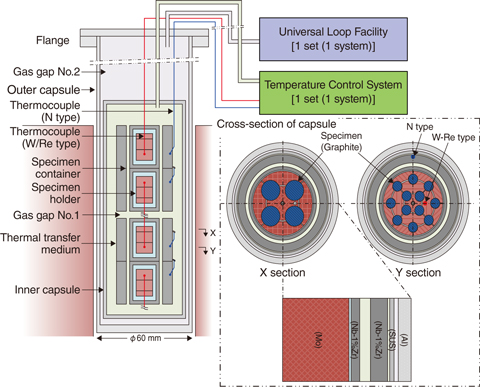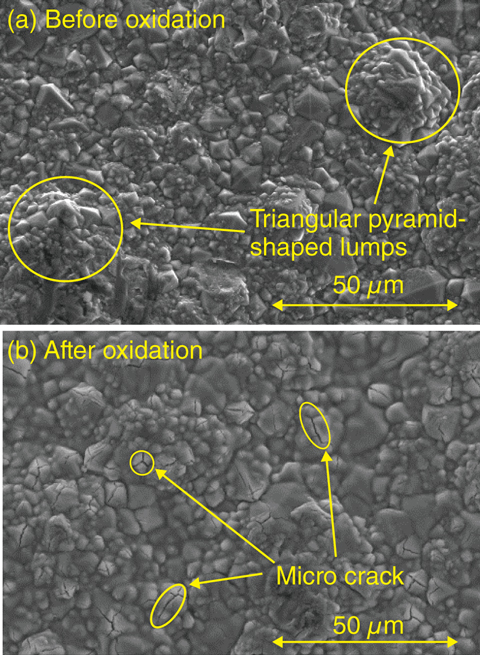
Fig.6-5 Irradiation tests of oxidation-resistant graphite at the Institute of Nuclear Physics in Kazakhstan

Fig.6-6 Results of surface observation for oxidation-resistant graphite before and after a preliminary oxidation test
Fine-grained graphite materials are used as in-core components of high-temperature gas-cooled reactors (HTGRs). The fine-grained graphite material has a small number of pores, shows high density, has a small number of metal impurities (which act as oxidation catalysts), has high thermal conductivity for removing heat, and shows little release of burnable gas under heating. Therefore, a fine-grained graphite material does not burn with a flame and has excellent properties against air-ingress accidents.
To develop a graphite material that prevents oxidation of in-core components and improves the safety of the HTGR during any accidents, we and four graphite companies (the Toyo Tanso Co., Ltd., the Ibiden Co., Ltd., the Tokai Carbon Co., Ltd., and the Nippon Techno-Carbon Co., Ltd.) have been developing oxidation-resistant graphite coated with SiC.
Irradiation testing of the oxidation-resistant graphite manufactured by four graphite companies was conducted using the WWR-K reactor at Institute of Nuclear Physics in Kazakhstan, where the development of an HTGR is supported as a national policy. An irradiation capsule capable of attaining the maximum-irradiation temperature of 1200 °C under γ-ray heat and vacuum control of helium gas was fabricated to simulate the most severe condition of the reactor core (Fig.6-5). In contrast, prior to the irradiation test, a preliminary oxidation test was conducted under the un-irradiated condition to investigate the oxidation behavior of the oxidation-resistant graphite. A temperature of 1350 °C and a time of 20 h were set to saturate the value of the oxidation rate. Moreover, a mixed gas containing a 20% concentration of oxygen in helium with a flow rate of 100ℓ/min was used to attain a condition that could sufficiently oxidize the graphite.
As a result of the oxidation test under an un-irradiated condition, it was confirmed that the weight of oxidation-resistant graphite increased with time. This shows that SiC coated on the surface of oxidation-resistant graphite was oxidized and that SiO2 was formed. Moreover, the oxidation rate of graphite was evaluated according to the weight change between the conditions before and after oxidation, and it was confirmed that the oxidation rate decreased with time. The SiO2 formed on the surface of oxidation-resistant graphite by oxidation worked as a protective film and prevented the graphite from being oxidized. According to surface observation, it is clear that there are numerous triangular pyramid-shaped lumps on the surface of the specimen and many cracks on top of the lumps generated in the cooling process, and that the surface of the specimen becomes smooth under oxidation. Since these changes do not degrade the material properties of oxidation-resistant graphite, it is confirmed that the SiC coating offered adequate oxidation resistance (Fig.6-6).
In the future, post-irradiation examinations, such as measurement of the dimensions, observation of the microstructure, and oxidation testing as well as analysis and evaluation of four types of oxidation-resistant graphite irradiated in the WWR-K reactor will be conducted. We are planning to clarify the oxidation resistance of this graphite irradiated under a neutron-irradiation environment.